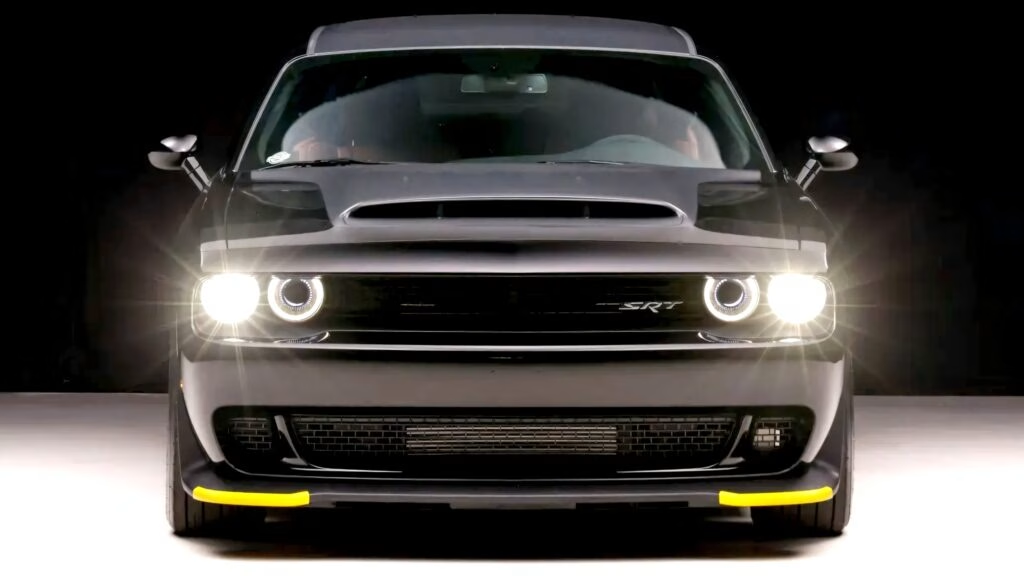Why Are Dodge Demon 170 Prices Dropping After Skyrocketing?
If you’ve been tracking the muscle car market, you might have noticed something wild: the Dodge Challenger SRT Demon 170, once the darling of auction flippers and collectors, is suddenly a lot more affordable. Not long ago, these beasts were fetching north of $200,000—sometimes even more. But just this month, a barely-driven example with only 45 miles on the clock sold for $128,000 on Bring a Trailer. That’s just $6,000 over its original MSRP. For a car that once had buyers lining up to pay double sticker, this is a seismic shift.
So, what’s behind the price drop? Part of it is simple economics. When Dodge announced it would build 3,300 Demon 170s, demand instantly outpaced supply. Flippers swooped in, betting on endless appreciation. But as more cars hit the market and the initial frenzy cooled, prices started to normalize. The collector car world is notorious for bubbles—think of the Ferrari F40 or the Porsche 911 GT2 RS, both of which saw similar price arcs. The Demon 170 is following a familiar script.
What Makes the Demon 170 So Special?
Let’s be honest: the Demon 170 isn’t just another muscle car. With 1,025 horsepower and a 0-60 time of 1.66 seconds (on a prepped drag strip), it’s closer to a street-legal dragster than a daily driver. Dodge built this car as a swan song for the Challenger, and it shows. The 6.2-liter supercharged V8, when fed E85, delivers a jaw-dropping 945 lb-ft of torque. Power is sent to the rear wheels through a TorqueFlite eight-speed automatic, making every launch an event.
But it’s not all about straight-line speed. The example that just sold featured the Premium Group package—carbon fiber trim, suede headliner, hand-stitched dash, and an 18-speaker Harman Kardon sound system. The interior? Demonic Red Laguna leather with matching seat belts. It’s a car that’s as much about theater as it is about numbers.
Is Now the Right Time to Buy a Demon 170?
If you’ve been waiting for the right moment to snag a Demon 170, this might be it. The recent sale at $128,000 suggests the market is stabilizing. According to Hagerty’s latest market analysis, collector car prices—especially for modern limited-edition muscle cars—have cooled off from their pandemic highs. That’s not unique to Dodge; it’s happening across the board, from Shelby Mustangs to Camaro ZL1s.
But here’s the kicker: while prices have softened, the Demon 170’s rarity and performance still make it a blue-chip collectible. Only 3,300 were built, and many are being tucked away with delivery miles, hoping to stay minty fresh for the next big price surge. If you’re buying to drive, not just to speculate, you’re in a sweet spot. The depreciation curve has flattened, and you’re less likely to get burned by a sudden market correction.
Should You Drive It or Store It?
This is the million-dollar question for any high-performance collectible. The new owner of the 45-mile Demon 170 faces the same dilemma: lock it away and hope for appreciation, or unleash all 1,025 horses and enjoy the ride? Purists will argue that cars like this are meant to be driven. After all, what’s the point of owning a street-legal dragster if it never sees the tarmac?
On the flip side, there’s real money at stake. Low-mileage examples will always command a premium, especially as the last of the V8 muscle cars fade into history. But as we’ve seen with other modern collectibles, the market can be fickle. Sometimes, the best memories aren’t made in a climate-controlled garage—they’re made at the drag strip.
How Does the Demon 170 Stack Up Against Other Modern Muscle Cars?
The Demon 170 isn’t just fast—it’s a statement. Compared to rivals like the Shelby GT500 or Camaro ZL1 1LE, the Demon 170 is in a league of its own for straight-line speed. No other production car offers this level of performance for the price. And with the muscle car era winding down, thanks to tightening emissions standards and the shift toward electrification, cars like the Demon 170 are becoming instant classics.
Industry experts, including those at J.D. Power and Hagerty, predict that limited-run, high-performance models from the twilight years of internal combustion will hold their value better than mass-produced counterparts. The Demon 170, with its outrageous specs and limited production, fits that bill perfectly.
What’s the Real Value in Owning a Demon 170?
Beyond the numbers and the hype, the real value of the Demon 170 is emotional. It’s the last hurrah for old-school American muscle—raw, unapologetic, and just a little bit unhinged. Whether you’re a collector, an enthusiast, or just someone who loves the sound of a supercharged V8 at full tilt, owning a Demon 170 is about more than investment. It’s about passion.
The big takeaway? Chasing the perfect collectible isn’t about perfection—it’s about smarter adjustments. Start with one change this week, whether it’s finally taking your car out for a spin or rethinking your approach to collecting, and you’ll likely spot the difference by month’s end.

